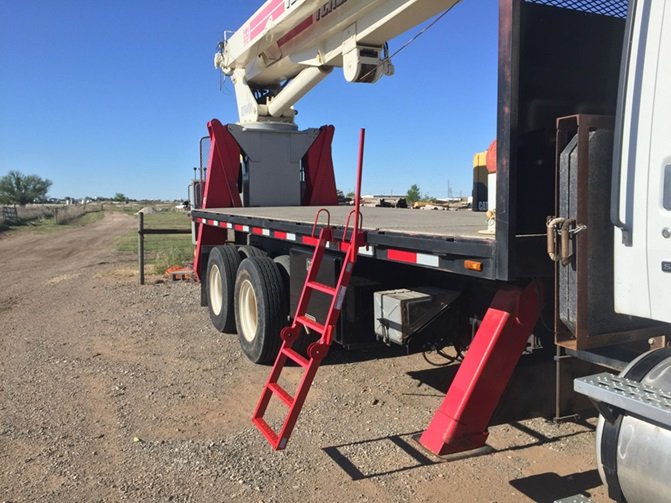
Loading and unloading an enclosed trailer—or any cargo area—demands meticulous planning and execution to ensure safety and protect your goods from damage. Whether transporting products for business or preparing for a recreational trip, these tips will help you manage your cargo efficiently and securely.
1. Understanding Your Trailer’s Capacity
Before you begin loading, it’s crucial to understand the capacity of your enclosed trailer. This includes knowing the maximum weight your trailer can handle and how it distributes weight.
- Check the Trailer’s Rated Capacity: Ensure you know the Gross Vehicle Weight Rating (GVWR) and do not exceed this limit.
- Assess Load Distribution: Proper load distribution is essential. Aim to place 60% of the weight in front of the trailer’s axle to maintain balance.
2. Preparing for Loading
A well-prepared loading process can save time and prevent accidents. Here’s how to prepare:
- Inspect the Trailer: Before loading, inspect the trailer for any structural issues that could affect its integrity.
- Gather Necessary Equipment: Have all necessary equipment like ramps, tie-downs, and padding ready before you start.
3. Loading Your Enclosed Trailer
Loading your enclosed trailer in Utah is a crucial task. Here’s how to do it properly:
- Use Proper Lifting Techniques: Always lift with your legs, not your back, to avoid injury.
- Secure Items Properly: Use straps and tie-downs to secure your items. This prevents movement that could unbalance the trailer or damage the cargo.
- Balance the Load: Place heavier items on the bottom and towards the front of the trailer but behind the axle. Spread out the weight to prevent any side-to-side or front-to-back shifting.
4. Checking Your Cargo
Once your trailer is loaded, conducting a thorough check can prevent problems on the road.
- Double-Check Tie-Downs: Ensure all straps and tie-downs are tightly secured and that no part of the cargo can move independently of the trailer.
- Inspect the Trailer Doors: Ensure that the trailer doors are locked and secure. A loose door can be a severe safety hazard.
5. Safe Unloading Practices
Unloading your trailer safely is just as important as loading it. Here are some tips to ensure a smooth unloading process:
- Wait for a Level Area: Always unload on a flat, stable surface to prevent the trailer from shifting.
- Open Doors Slowly: Open the trailer doors slowly and stand to the side, as shifting cargo may press against the door.
- Remove Items One at a Time: Take items out one at a time, starting with the top layers to prevent items from falling and creating a hazard.
6. Post-Unloading Checklist
After unloading, a brief checklist can help ensure that your trailer is ready for the next use or to be stored safely.
- Inspect the Interior: Check for any damage that may have occurred during transport or unloading.
- Clean the Trailer: Remove any debris or spillage to prevent odors or stains from setting in.
- Secure the Trailer: Lock the trailer and ensure it’s stored in a safe location.
Conclusion
Properly loading and unloading your enclosed trailer is crucial not only for the safety of your cargo but also for prolonging the lifespan of your trailer. Whether you’re navigating busy city streets or traversing vast rural areas, these tips will enhance your hauling efficiency and safety. Begin with organizing your items, ensuring they are correctly labeled and packed. When loading, distribute the weight evenly, use straps or tie-downs to secure everything, and make sure nothing shifts during transit. For unloading, adopt a systematic approach by removing the heaviest items first to maintain balance.





